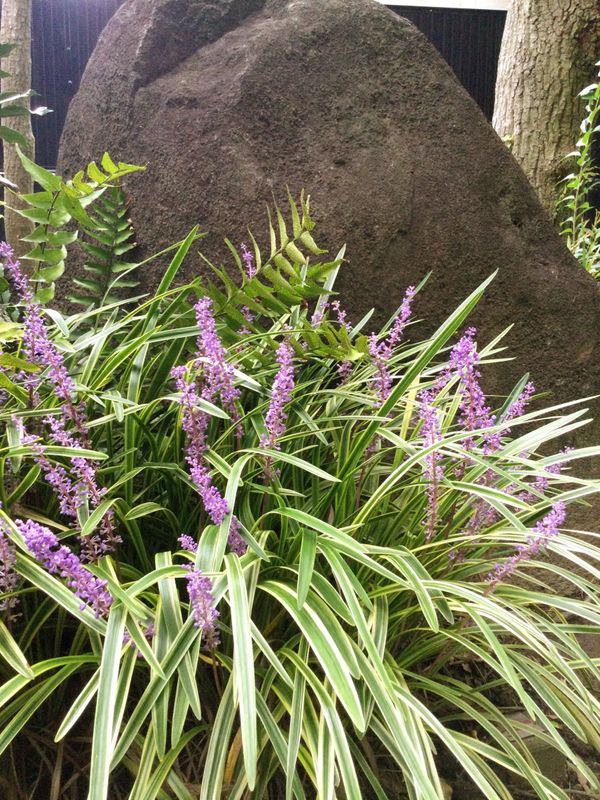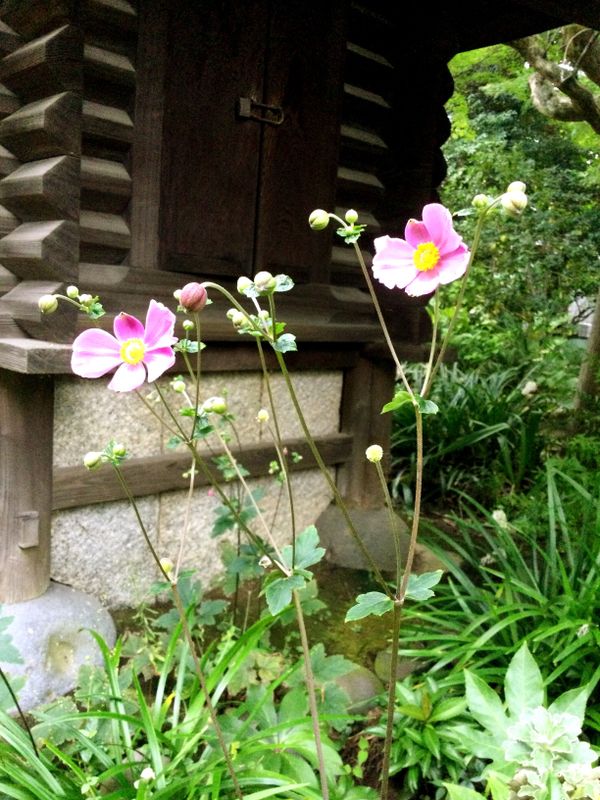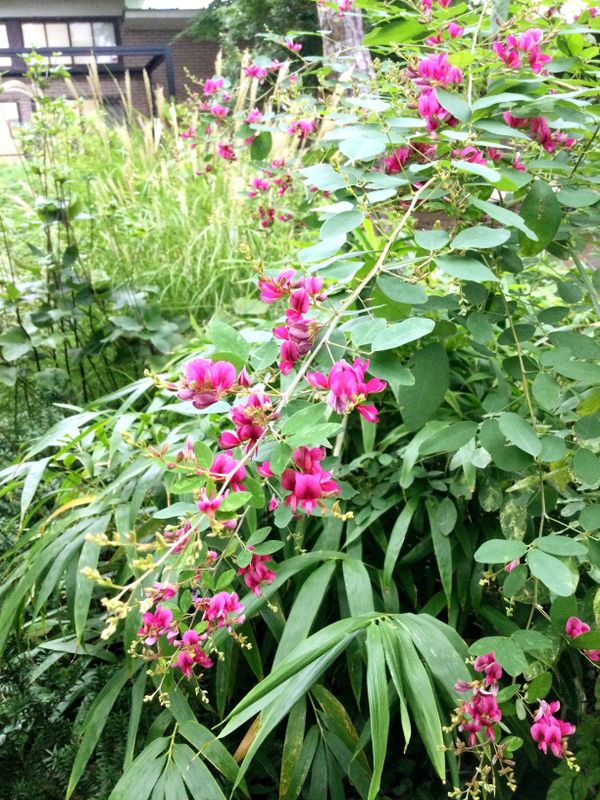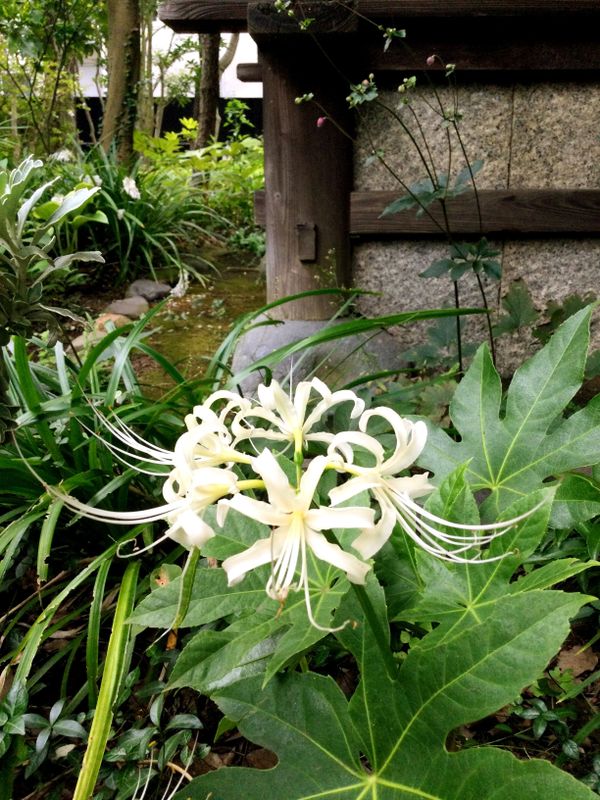Sep 25, 2022
Feeling the fall with native flowers
The worst of the summer heat is finally over, and post typhoon Nanmadol, the skies over the Kanto region alternated between bright blue and steely grey in the days preceding the Autumn Equinox. I took a chance with the weather and cycled around Nagareyama City on the banks of the Edo River taking breaks under eaves during light showers. Fortunately there weren’t any heavy squalls and I dried out quickly from a few sprinklings. The object of my ride was to see what is in bloom in early autumn.
When you think of early autumn flowers, what might come to mind is the ubiquitous higanbana or spider lily that blooms around the autumn equinox. And the banks of the Edo River in Nagareyama City are lined with these flowers for nearly a kilometer. But there are other flowers that mark the season. I had a hunch I would see some in the city.
So I dropped by the garden at Mori no Atelier Reimei, the former workshop of a local artist which is now a cafe and gallery space. The garden around it is shaded by mature trees and lovingly maintained with plants that are native to Asia.
To my delight, many of the shrubs and trees were putting on an early autumn show of colours. At the base of the stone-lined path, I spotted ヤブラン, yaburan, which is native to China, Japan, and Korea. It’s actually a mountain plant but so hardy that it grows just about anywhere.

Yaburan, Liriope platyphylla
You often see these evergreen dark and light green blades at the edges of paths and under trees. In early autumn, they produce tiny lilac purple flowers borne on long spikes. The English names for this plant are the unflattering monkey grass and lilyturf, which alludes to their resemblance to hyacinth.
In the center of the garden is a little feature, a gassho zukuri-style shrine-like structure. It’s a lovely backdrop for the シュウメイギク shuumeigiku that bloom around it. This flower has descriptive kanji characters for it - 秋明菊 which means the opening of autumn kiku. They are in fact a kind of anemone that originated in China but now commonly accepted as a Japanese native plant. They’re perennials with flowers on tall stalks that vary from white to pink to purple. The Chinese name for them describes them as broken bowls with their irregularly shaped petals. They resemble cosmos, but cosmos flowers have symetry.

Shuumeigiku, Eriocapitella hupehensis
A spreading shrub with sprays of purple flowers caught my eye, too. This relative of the legume family ミヤギノハギ miyaginohagi, as it grows abundantly in the wild in Miyagi Prefecture. In English, it is known as Thunberg’s bush clover and shrub lespedeza. It certainly resembles beans and peas but it’s much showier with weeping branches that display the flowers well.

Miyaginohagi, Lespedeza thunbergii
And of course, there were some higanbana in the garden including a creamy white one with long, whispy stamens.
Higanbana, Lycoris radiata
Have you spotted these blooms in gardens in your region? Which gardens do you recommend for autumn blossoms?



0 Comments